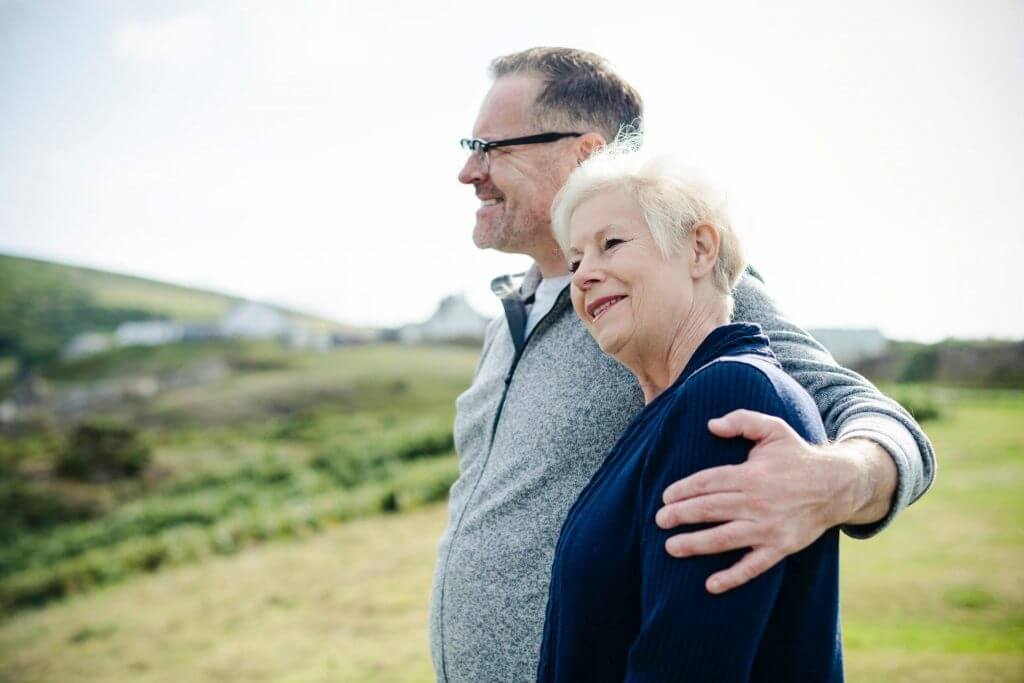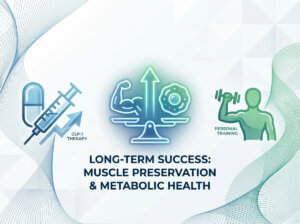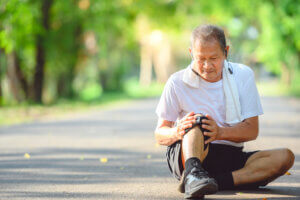It may not be how you intended to spend older age, but a study by researchers at Trinity College, Dublin has shown so conclusively how much older people benefit from resistance training – working their muscles, even drinking protein shakes – they have concluded GPs should prescribe it.
Delaying and reversing frailty: a systematic review of primary care interventions in the British Journal of General Practice concluded that “a combination of muscle strength training and protein supplementation was the most effective intervention to delay or reverse frailty and the easiest to implement in primary care”.
Twenty to 25 minutes of activity, four days a week at home, with an emphasis on a high-protein diet, is ideal.
Dorian Jones, who runs the London-based Marigold Fitness classes, is a certified boxing coach and level three personal trainer, but he developed a passion for working with older people. Most of his clients are in their 70s or 80s. A handful are in their 90s. “I had a woman who was 102, and she unfortunately passed. But she looked amazing!”
Assuming a base fitness level of being able to get up, sit down and get to the kitchen, here is the best way to start.
1) Stay in your chair
“Lifting a leg, lifting an arm, doing anything that you don’t normally do in a repetitive way is better than nothing,” says Jones. “If you lift your arm over your shoulder 10 times, both sides, you’re going to improve your muscle mass.” Lift your knee towards your chest. Lift your foot off the ground and extend it out straight. Hold your arms out like an aeroplane, and keep them there for two seconds longer than you can bear.
2) Keep the weights light
Generally, Jones will use weights only for his intermediate classes, and those are one or two kilos. “You can build muscle at any age,” he says. “You can maintain and strengthen at any age. But you’re not going to try to lift a 5kg dumbbell when you’re 70 years old because you’re going to injure yourself.”
3) Use music
Remember to pace yourself. “It’s always good to start from the basics and gradually increase to what you think that you can handle,” says Jones. With resistance, you can push yourself safely, a little way out of your comfort zone, by setting a time target, such as: “I’ll keep going to the end of this song.”
4) Get your protein from food
“Cook for yourself, and eat the way your great, great, great- grandparents ate, and you’ll live a long life.”
5) Be realistic
Flexibility, circulation and movement are the things that deteriorate as you get older. Make an inventory of the core movements you can still make – bending down to touch your shins if you can’t reach your toes, putting your hands on your waist and bending from side to side – and practise them regularly. They won’t vanish unless you stop doing them. Improving your circulation doesn’t have to be arduous: Jones’s classes start, especially in the colder months, with everyone rubbing their arms from shoulder to wrist, rubbing their calves from knees to ankles, rubbing their shoulders, rubbing their thighs.
6) Anyone, any age, can get fitter
“Sometimes, when people leave my class, they forget they arrived with a walking stick and they have to come back for it. That happens a lot.” – Guardian
Source: The Irish Times




